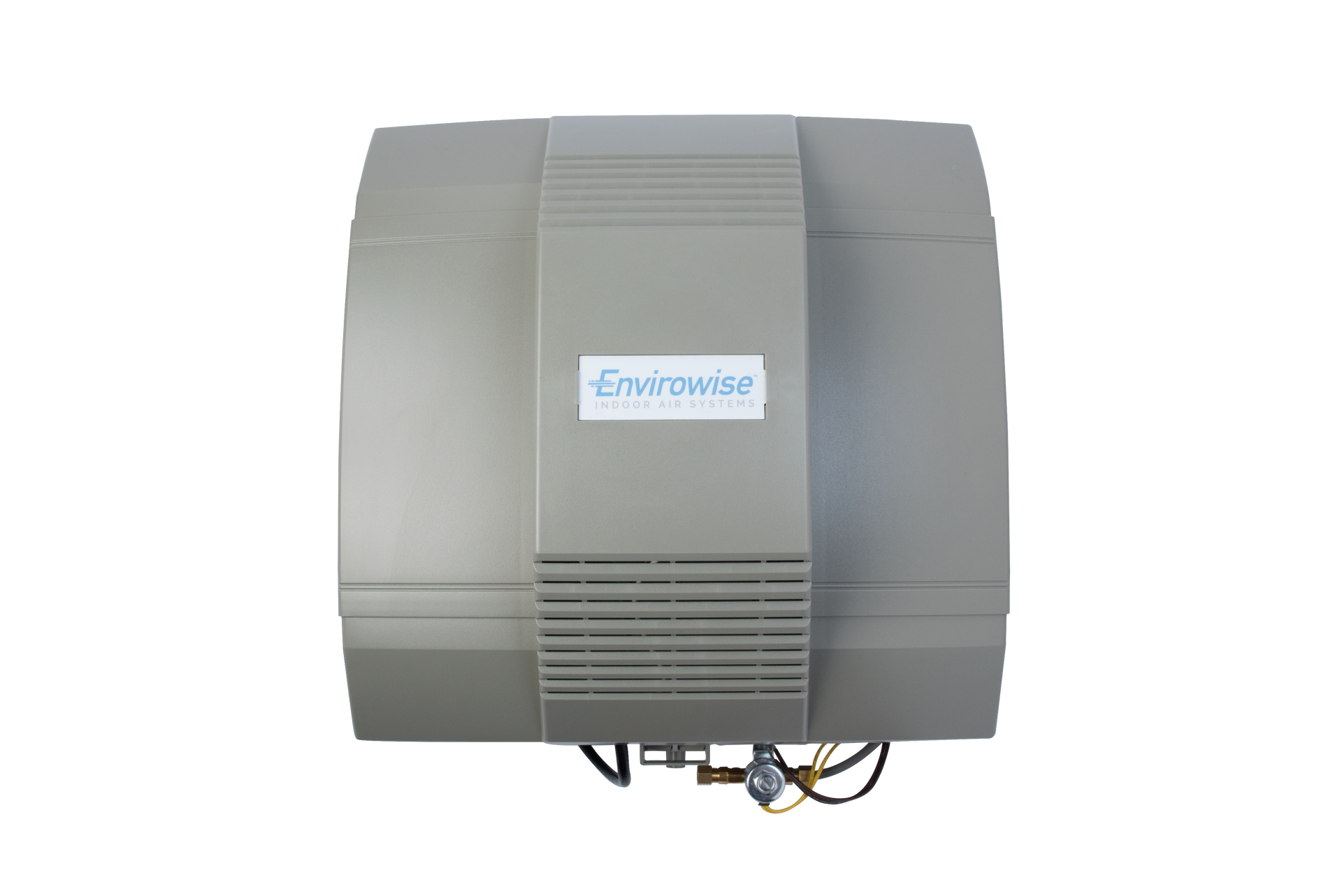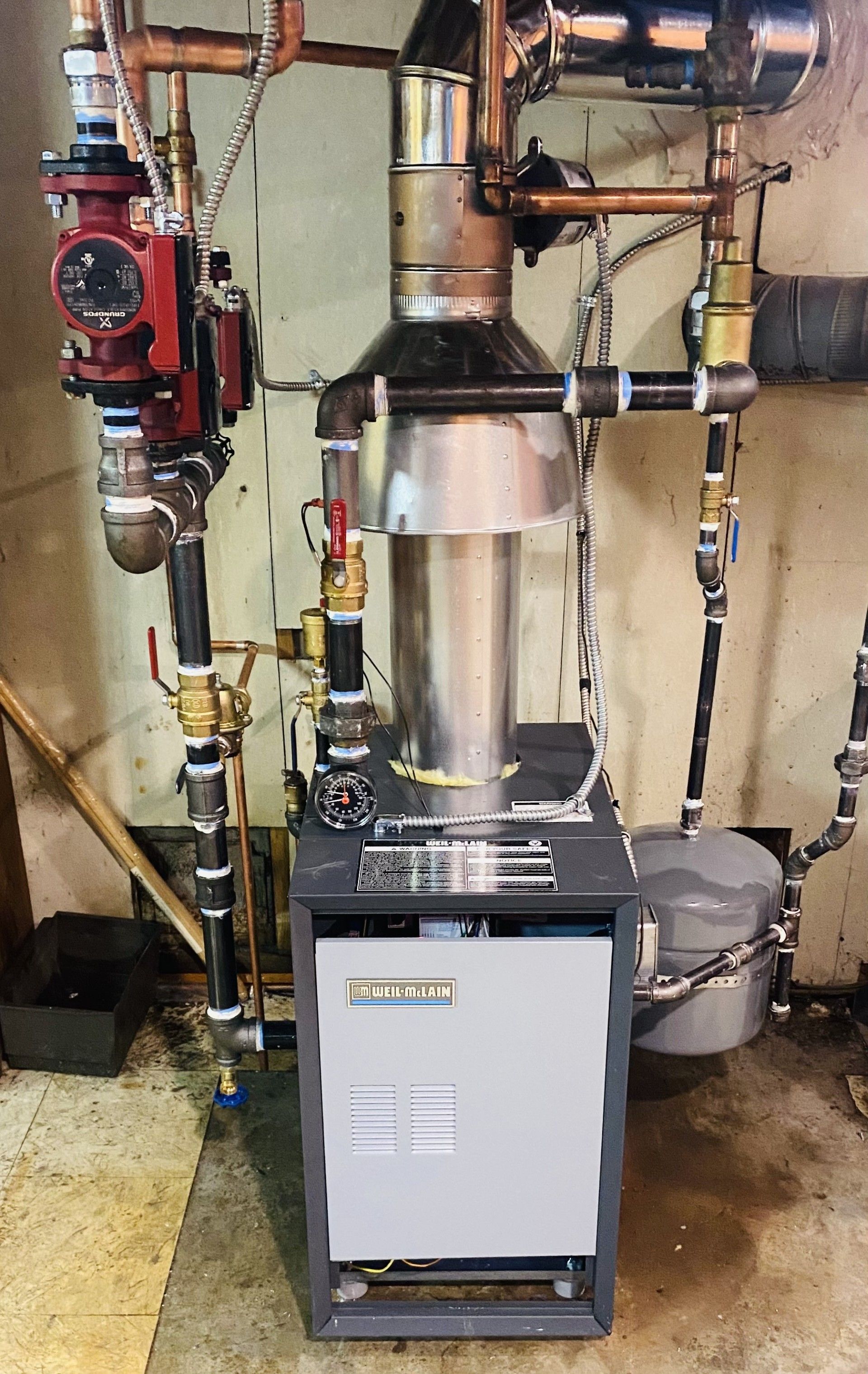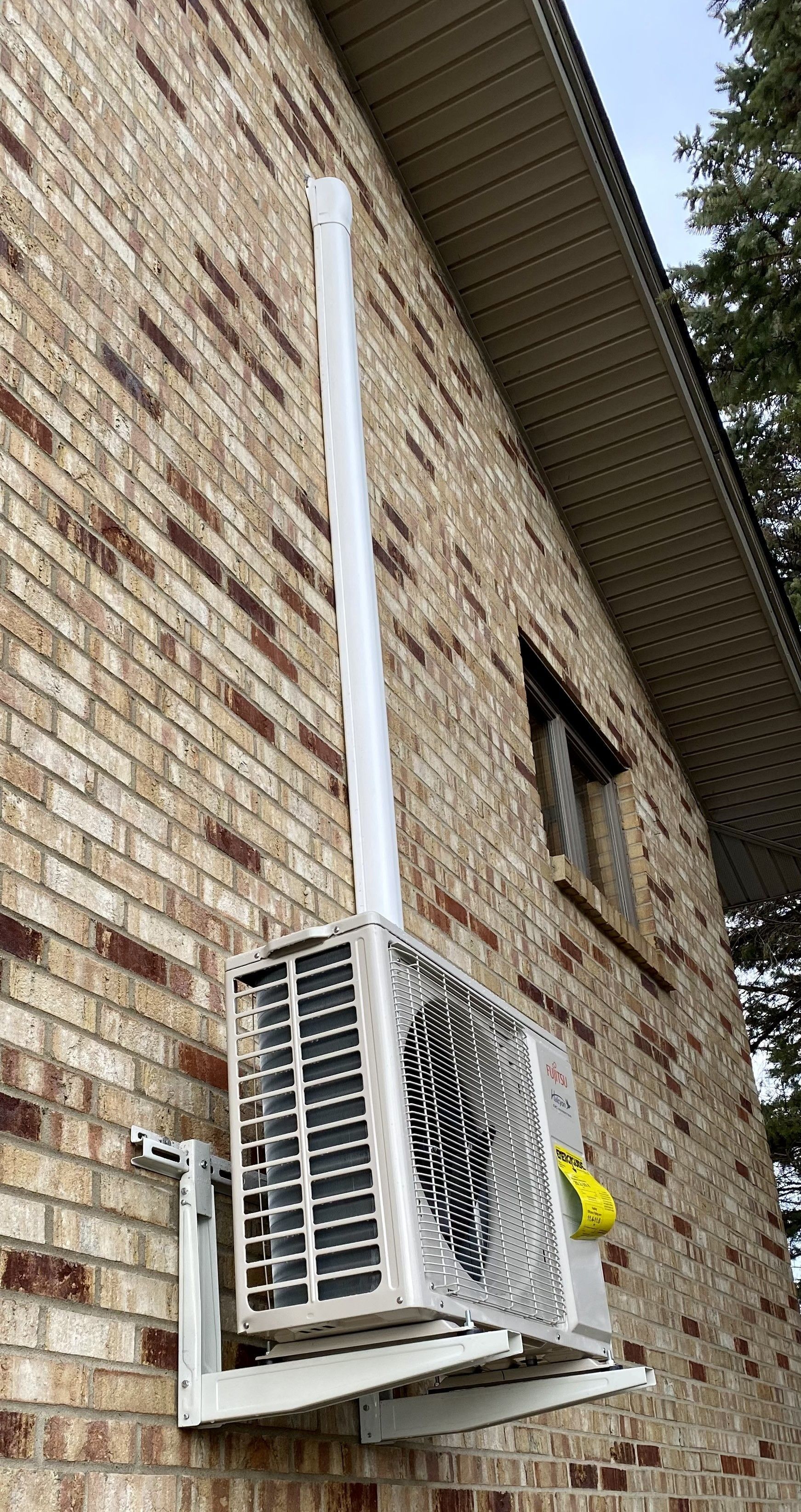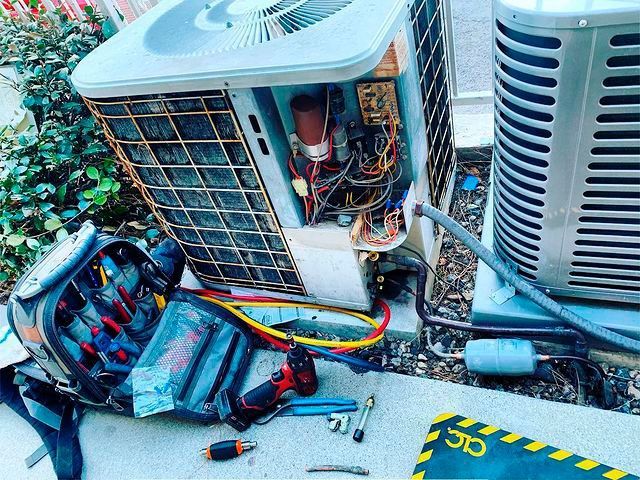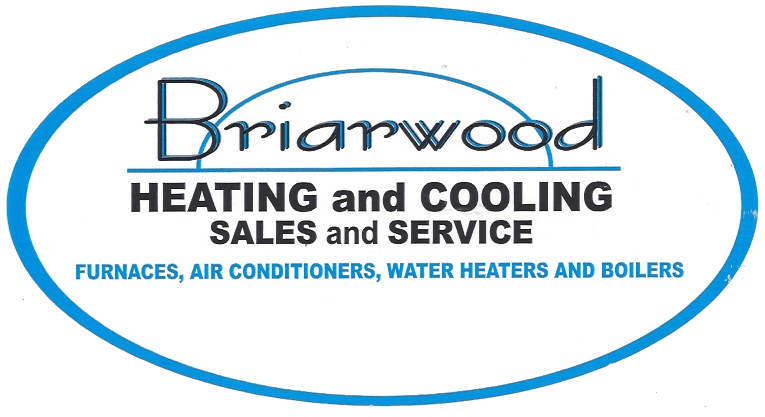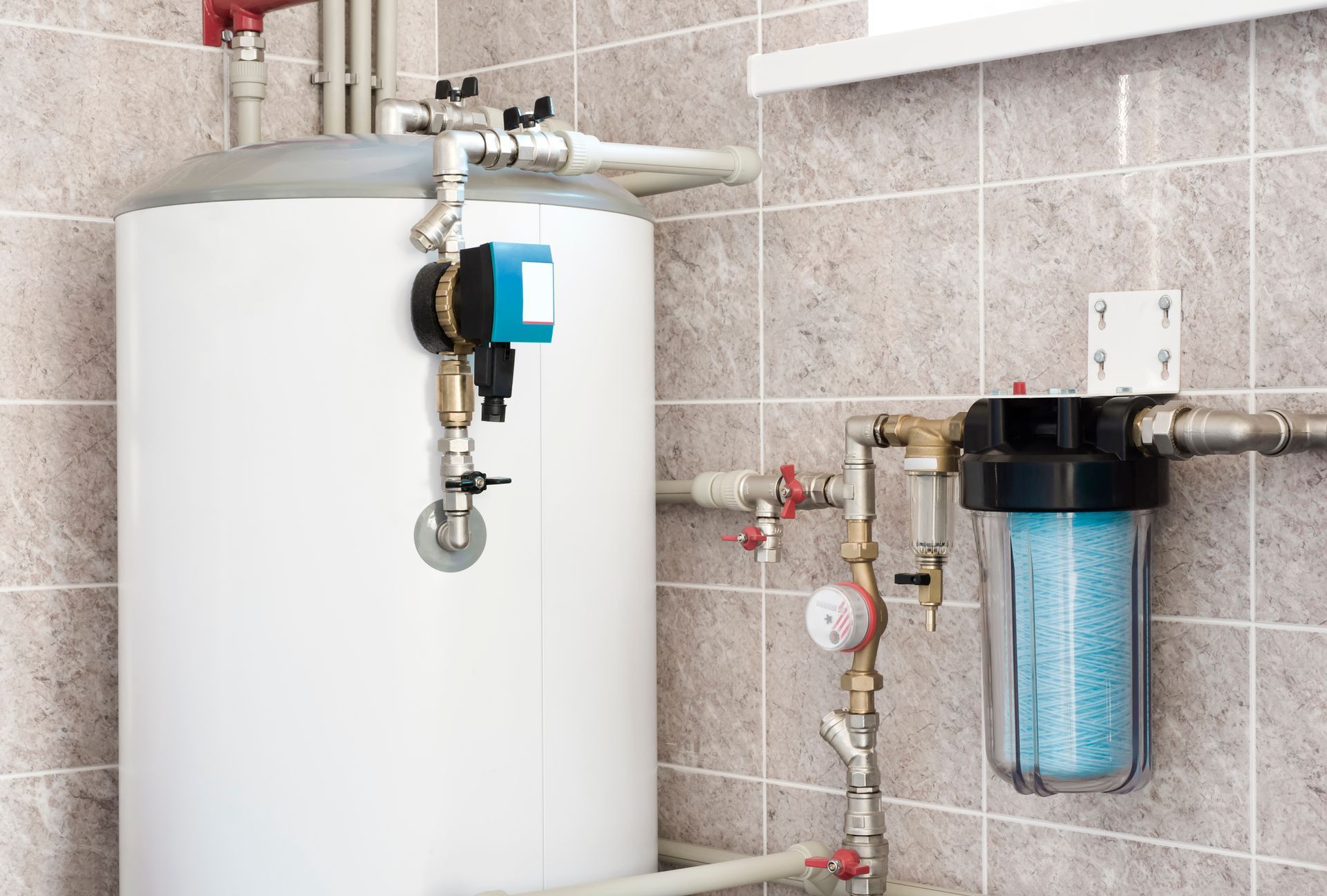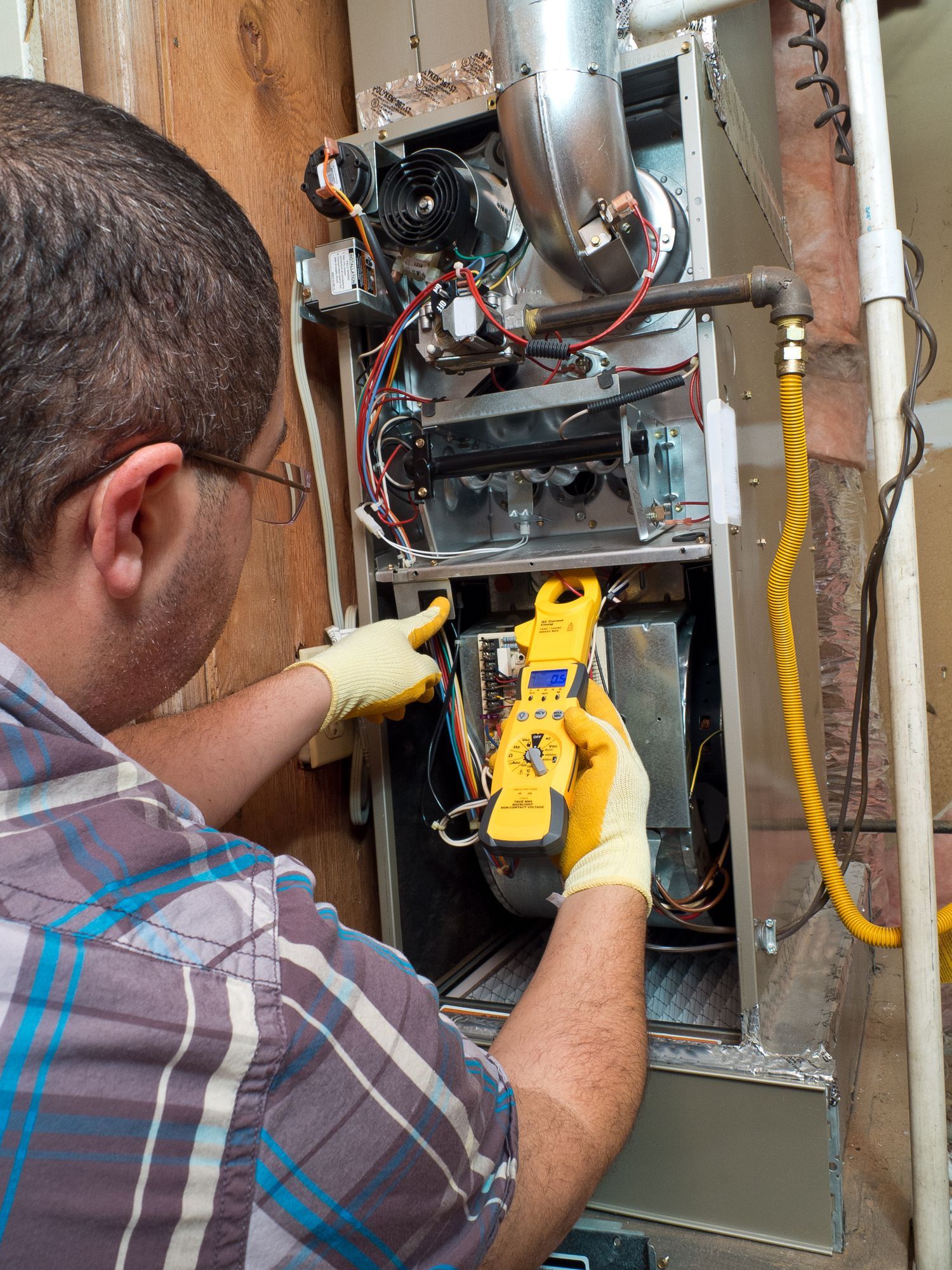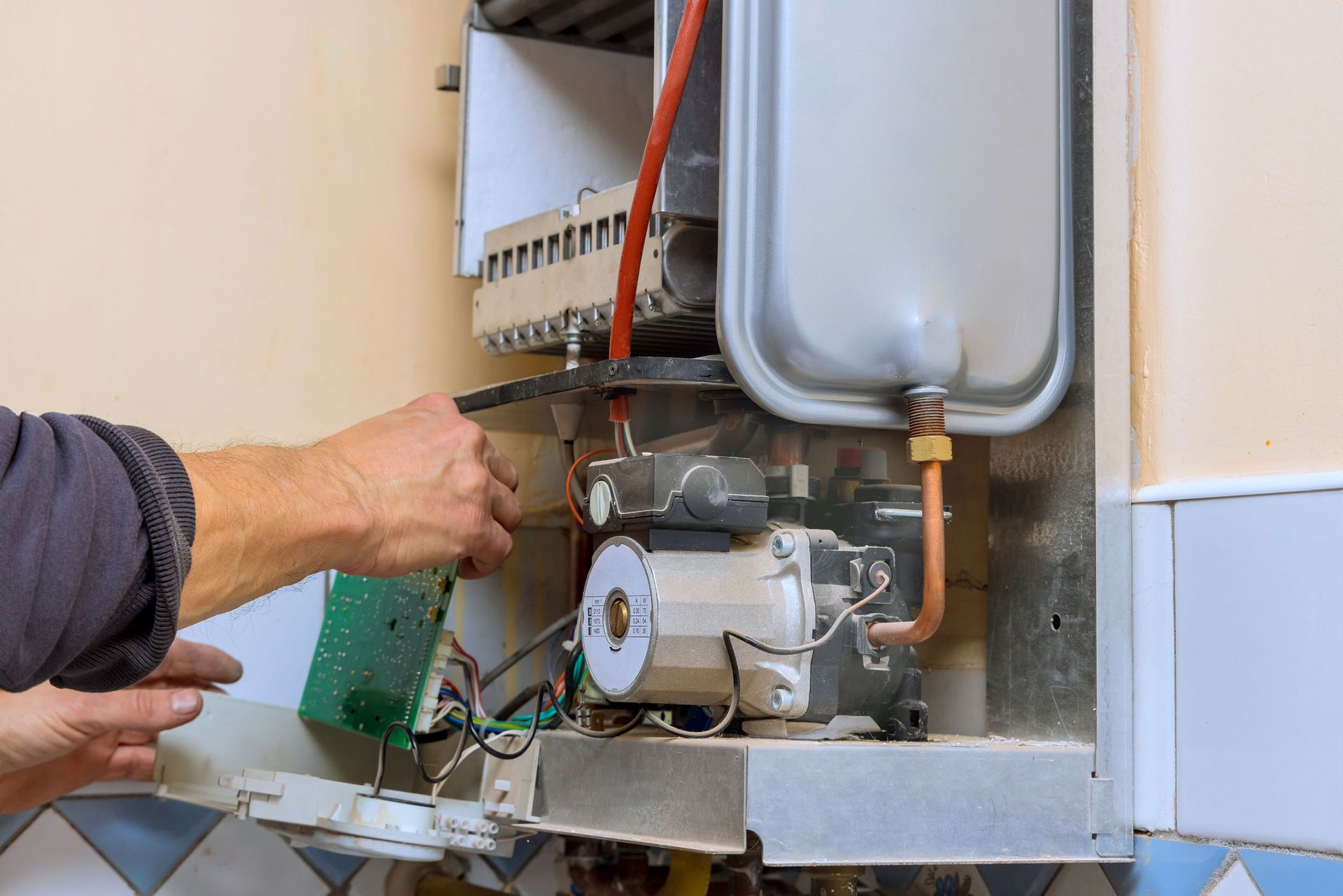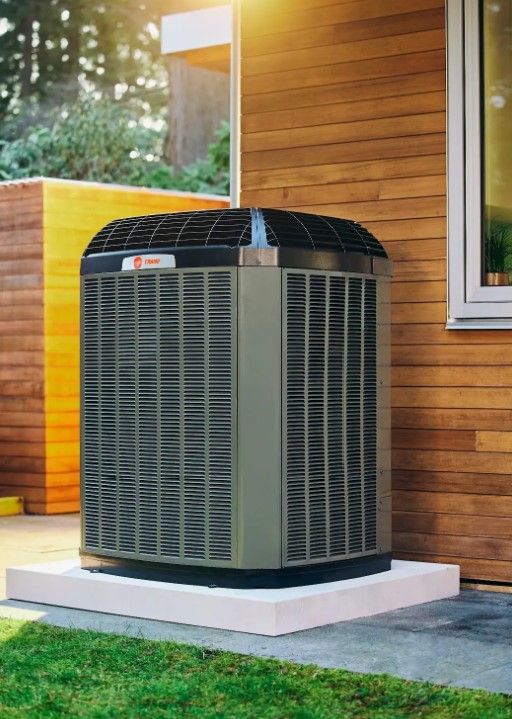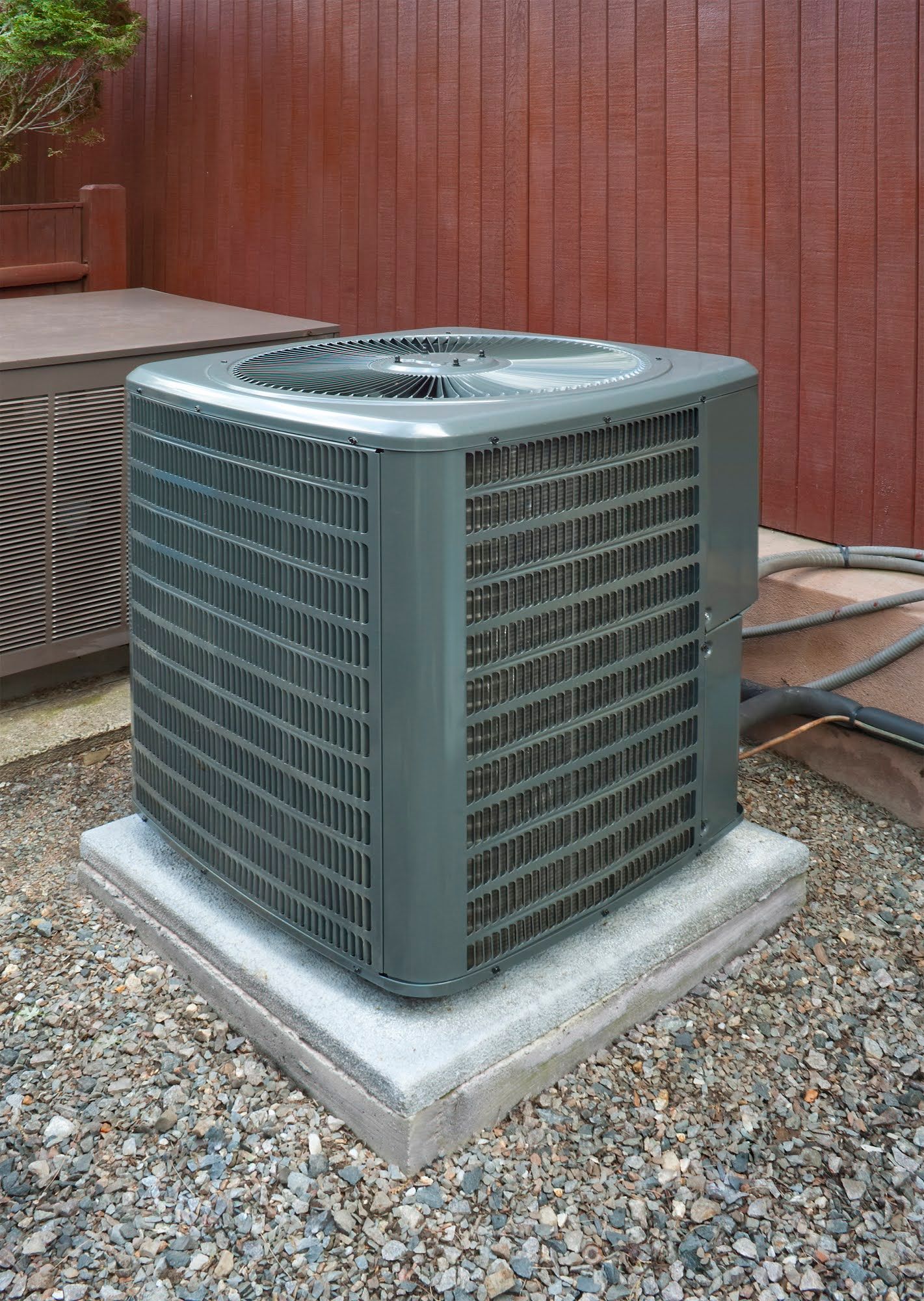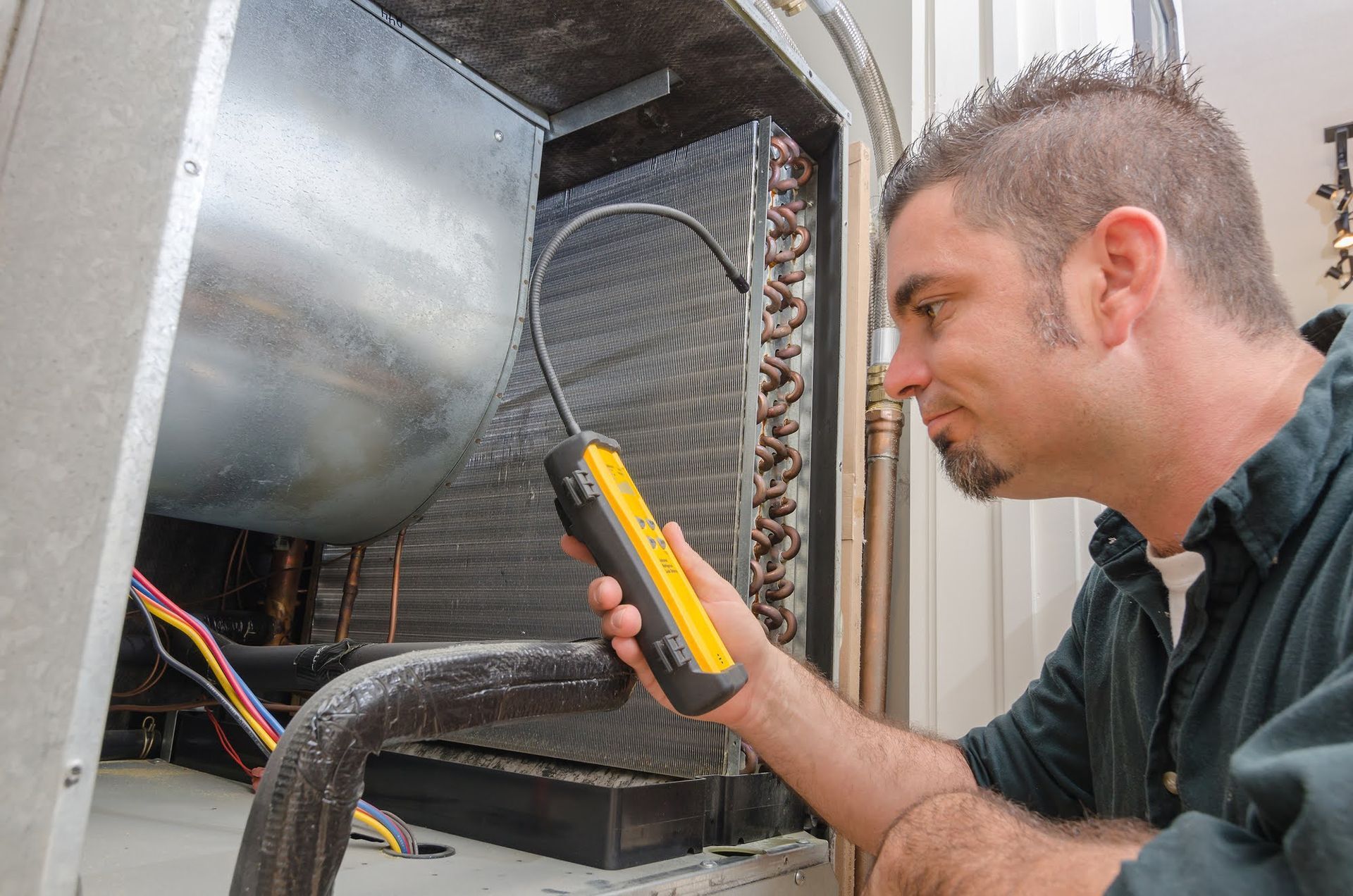5 Common Mistakes to Avoid During a Furnace Installation
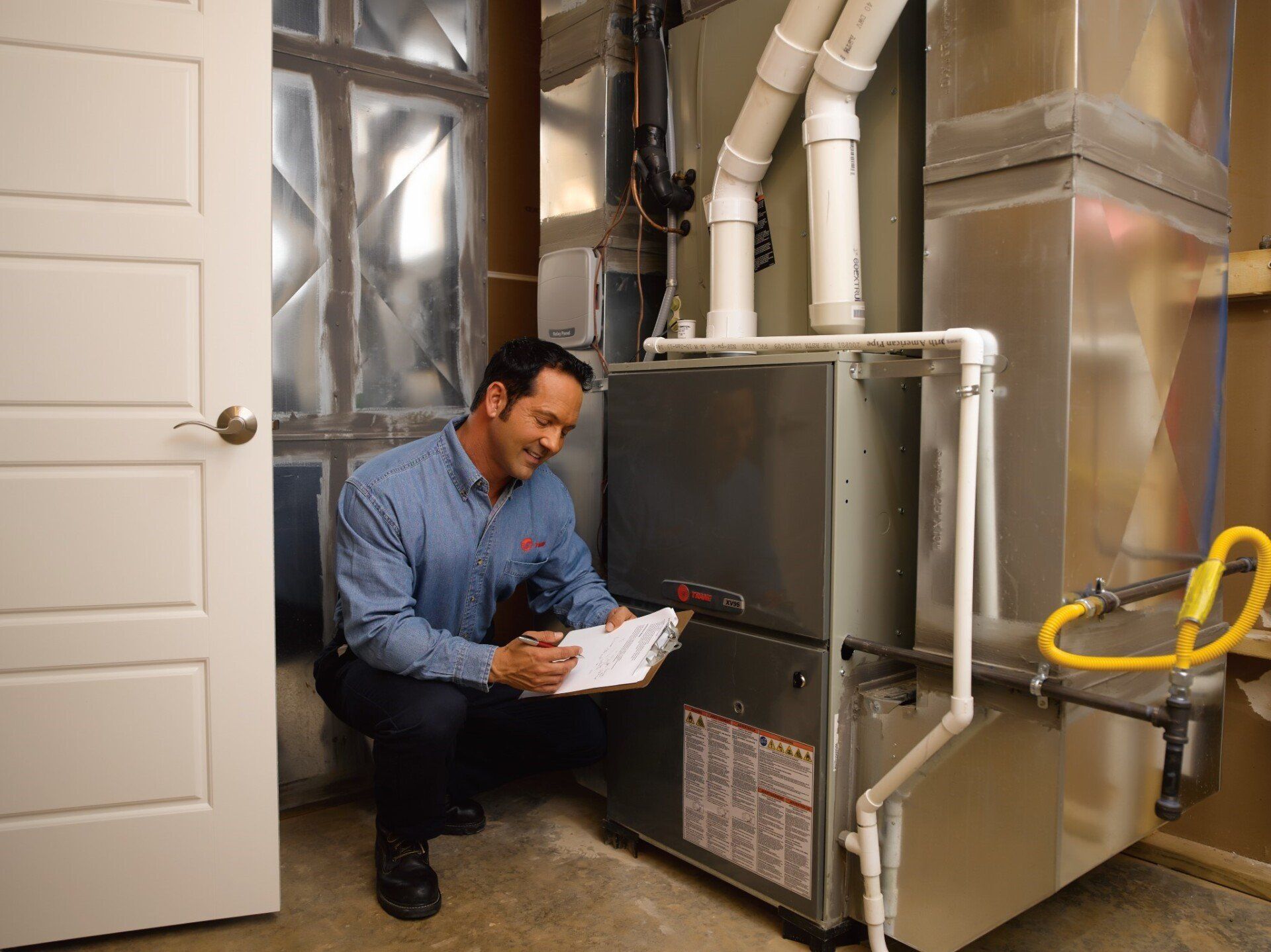
A furnace installation is not something to take lightly. You are installing a system that will keep you and your loved ones comfortable indoors for years. If a furnace is not installed correctly, it could pose serious risks to your health. To be safe, here are five furnace installation mistakes to avoid.
1. Incorrect Heater Size
Some homeowners feel that bigger is always better when it comes to furnaces, but this is not always the case. You need a furnace that is the right size for your home, not one that is too big or too small.
An oversized furnace achieves the desired temperature too quickly, leading it to continuously cycle on and off — these short cycles will wear the system out and lead to a premature replacement. However, an undersized furnace will struggle to heat your space. It will constantly run while trying to reach the target temperature, leading to system burnout.
Both oversized and undersized furnaces are subject to failure and will cause other problems such as high heating costs, humidity issues, poor indoor quality, noisy tendencies, and more! Hence, let an HVAC specialist calculate the right load for your space before a furnace installation.
2. Improper Ductwork Connection
If you are connecting your new furnace to existing ductwork, the ducts may need to be reconfigured to fit the new furnace. Some homeowners, however, speed through this process, causing leaks in the ducts and a furnace that struggles to generate heat. A furnace installation offers a good opportunity to clean the ductwork system and remove any buildup of dust and debris. Failure to do that may compromise your heating system.
3. Use of Wrong Materials
Although it may be tempting to reduce installation costs by using inexpensive materials, that is not always a good idea. If those materials are low quality, your new furnace may develop multiple repair problems down the road and use up all the money you were trying to save.
It is advisable to use materials recommended by the manufacturer when installing a new furnace. Also, reputable HVAC professionals have interacted with different materials in their course of work to know which ones work best.
4. Poor Ventilation
Your gas furnace may emit toxic gases, such as carbon monoxide, posing significant safety risks and health issues; hence, proper ventilation is essential in preventing these issues.
If the exhaust flue is not correctly sized or the damper is faulty, the toxic gases may flow into the cabinet or remain trapped in your space. Having proper working carbon monoxide detectors can save you in such cases.
5. Improper Drainage
Like your air conditioner, your furnace produces effluent that must be drained away from the device. Your furnace will struggle to perform correctly if the drainage systems are inadequate. This could cause air quality issues, mold growth, and even property damage due to water leaks.
It is critical to inspect your furnace often during the first few months following installation to see if there are any drainage concerns. Sometimes, the drainage problems are present but invisible for several months.
The simplest way to avoid these costly mistakes is to hire experienced, licensed HVAC specialists to handle your furnace installation right from the first stage of sizing and choosing your furnace.
At Briarwood Heating & Cooling, we are your most trusted company for all your furnace installation, repair, and maintenance needs. Contact us today for an estimate. We look forward to providing you with a furnace you can depend on for years to come. Please let us know what questions or concerns you have so we can provide you with all the information you need.
